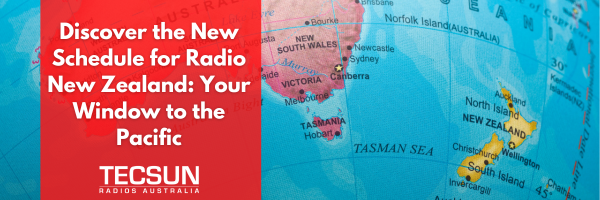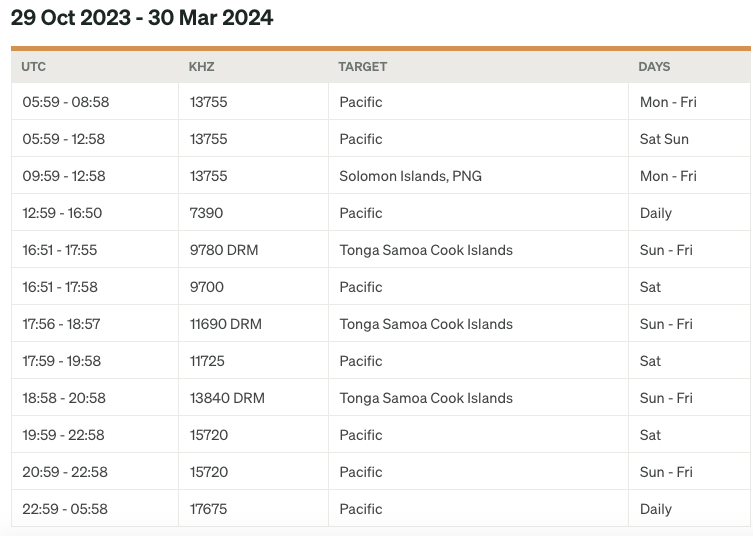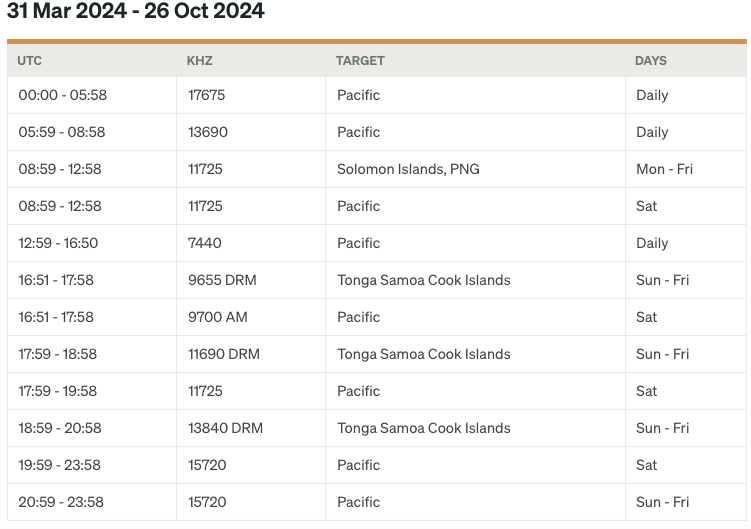
As a passionate enthusiast of all things radio-related, stumbling upon a thought-provoking article titled “Why Is Shortwave Only ‘the Radio of Last Resort’? Its powerful new capabilities remain largely unexplored” by Simon Keens of Radio World ignited a spark of curiosity within me. Shortwave radio, often dubbed as the ‘radio of last resort,’ has long lingered in the shadows of modern communication technologies. Yet, its potential remains vast and largely untapped.
In an age dominated by digital streaming services and satellite communication, shortwave radio might seem antiquated to some. However, delving deeper into Keens’ article revealed a different narrative – one that speaks of resilience, versatility, and the potential for innovation within the realm of shortwave broadcasting.
The article shed light on the multifaceted capabilities of shortwave radio, highlighting its ability to traverse vast distances with minimal infrastructure. Unlike its counterparts, shortwave signals can propagate over thousands of kilometres, making it an invaluable tool for global communication, especially in remote or disaster-stricken regions where traditional means of communication may falter.
What struck me the most was the notion that shortwave radio is often perceived as a ‘last resort’ rather than a primary means of communication. This begs the question: why is such a powerful medium relegated to the sidelines? Is it due to the allure of modern technology or simply a lack of awareness about its potential?
Keens’ article challenged me to reconsider my own perceptions of shortwave radio and prompted me to embark on a journey of exploration into its capabilities. As I delved deeper into the world of shortwave broadcasting, I was astonished by the wealth of content and diversity of voices that permeate the airwaves.
From international news broadcasts and cultural programs to amateur radio operators and clandestine stations, shortwave radio offers a tapestry of voices that transcend borders and ideologies. It serves as a platform for free expression and cultural exchange, fostering connections between individuals and communities across the globe.
The resilience of shortwave radio in the face of adversity cannot be overstated. During times of crisis, when other forms of communication may fail, shortwave radio often emerges as a lifeline, providing vital information and fostering a sense of solidarity among listeners.
Yet, despite its undeniable strengths, shortwave radio continues to face challenges in an increasingly digitalised world. The proliferation of internet-based communication platforms and the decline of traditional broadcasting have posed significant obstacles to the growth of shortwave radio.
However, rather than viewing these challenges as insurmountable barriers, we should see them as opportunities for innovation and adaptation. As technology evolves, so too should our approach to shortwave broadcasting. By embracing digital advancements and exploring new modes of content delivery, we can breathe new life into this time-honoured medium.
My encounter with Simon Keens’ enlightening article on shortwave radio served as a catalyst for reevaluation and exploration. It reminded me of the enduring power and potential of this oft-overlooked medium and inspired me to advocate for its revitalisation.
As we navigate an increasingly interconnected yet fragmented world, the role of shortwave radio as a beacon of communication and cultural exchange has never been more vital. It is my hope that through continued innovation and collaboration, we can unlock the full potential of shortwave radio and usher in a new era of global connectivity and understanding.

As we eagerly anticipate the upcoming solar eclipse on April 9, it’s essential to understand how this celestial event can influence HF signal propagation. A solar eclipse occurs when the moon passes between the Earth and the Sun, momentarily blocking the sun’s rays. This interruption in solar radiation can have significant effects on the Earth’s ionosphere, particularly in the altitude range of 60 to 90kms.
During a solar eclipse, the reduction in solar radiation leads to a corresponding decrease in ionization in the ionosphere. This reduction in ionization can disrupt HF signal propagation, affecting radio signals, GSP navigation systems, and shortwave communications. The sudden change in ionospheric conditions can create challenges for radio operators and listeners alike.
However, despite the potential disruptions, the solar eclipse also presents a unique opportunity for amateur radio operators and shortwave listeners. It offers a firsthand opportunity to observe and study the effects of a solar eclipse on radio wave propagation. In particular, shortwave listeners may notice improved reception of LW signals, including time signals, as discussed in our recent blog post.
We encourage listeners to share any signal reports logged during this period, as it will contribute to our collective understanding of solar eclipse effects on radio communication.
This blog post is brought to you by Garry from Tecsun Radios Australia.
With years of experience as a dedicated hobbyist, Garry is passionate about exploring the fascinating world of radio communication and sharing his insights with fellow enthusiasts.
Stay tuned for more updates and insights from Tecsun Radios Australia. Happy listening!
Best regards,
Garry from Tecsun Radios Australia

Hey there fellow shortwave enthusiasts!
I’m Garry from Tecson, and I’m thrilled to share with you the latest schedule for Radio New Zealand International (RNZI). Thanks to a fellow enthusiast who passed this along, we’re excited to dive into what RNZI has to offer our community.
RNZI has long been a cornerstone for those of us passionate about shortwave radio, providing in-depth news coverage, current affairs insights, and captivating audio features. Now, with their updated schedule effective March 31st, there’s even more to look forward to.
New Schedule Highlights:
Maintenance Day: Keep in mind, folks, that RNZI observes Maintenance Day on the first Wednesday of every month. From 2230 to 0600 UTC (Thursdays 1030 to 1800 NZST), there might be some interruptions to our regular programming. But hey, it’s all in the name of keeping those airwaves clear and crisp!
Satellite Availability: For those who prefer satellite access, RNZI has got you covered, thanks to TVNZ Pacific Service. Now you can tune in with ease, no matter where you are.
Frequency Details for RNZI:


– Satellite Slot: IS19/23 C Slot A
– Downlink Frequency:** 4146.5 V
– FEC:** 3/4
– Symbol Rate:** 5.6320
So there you have it, folks! With RNZI’s new schedule and these handy frequency details, we’re all set for some top-notch shortwave listening. Let’s keep those radios tuned and those ears open for the incredible stories and insights RNZI has in store for us.
Happy listening.


